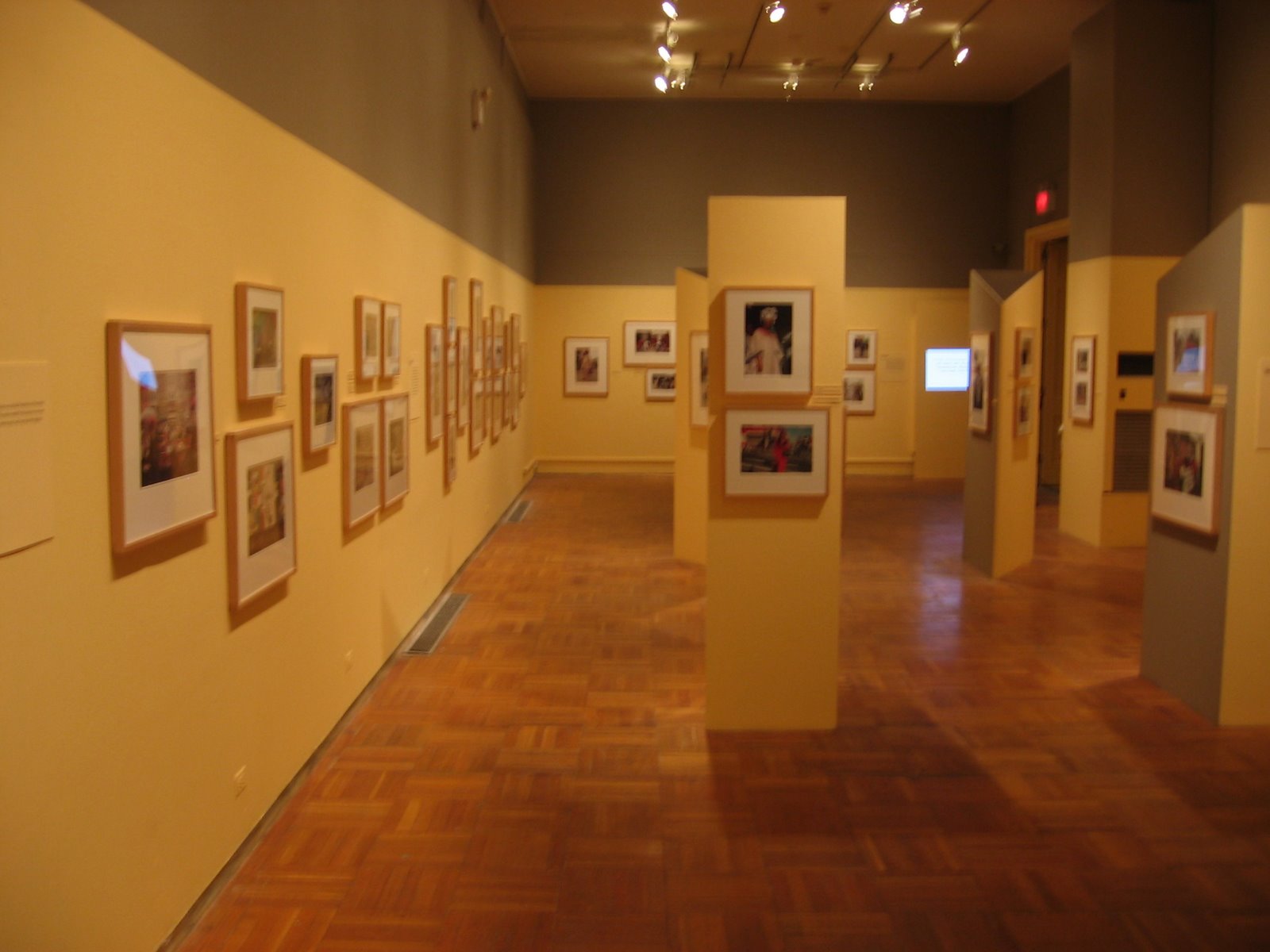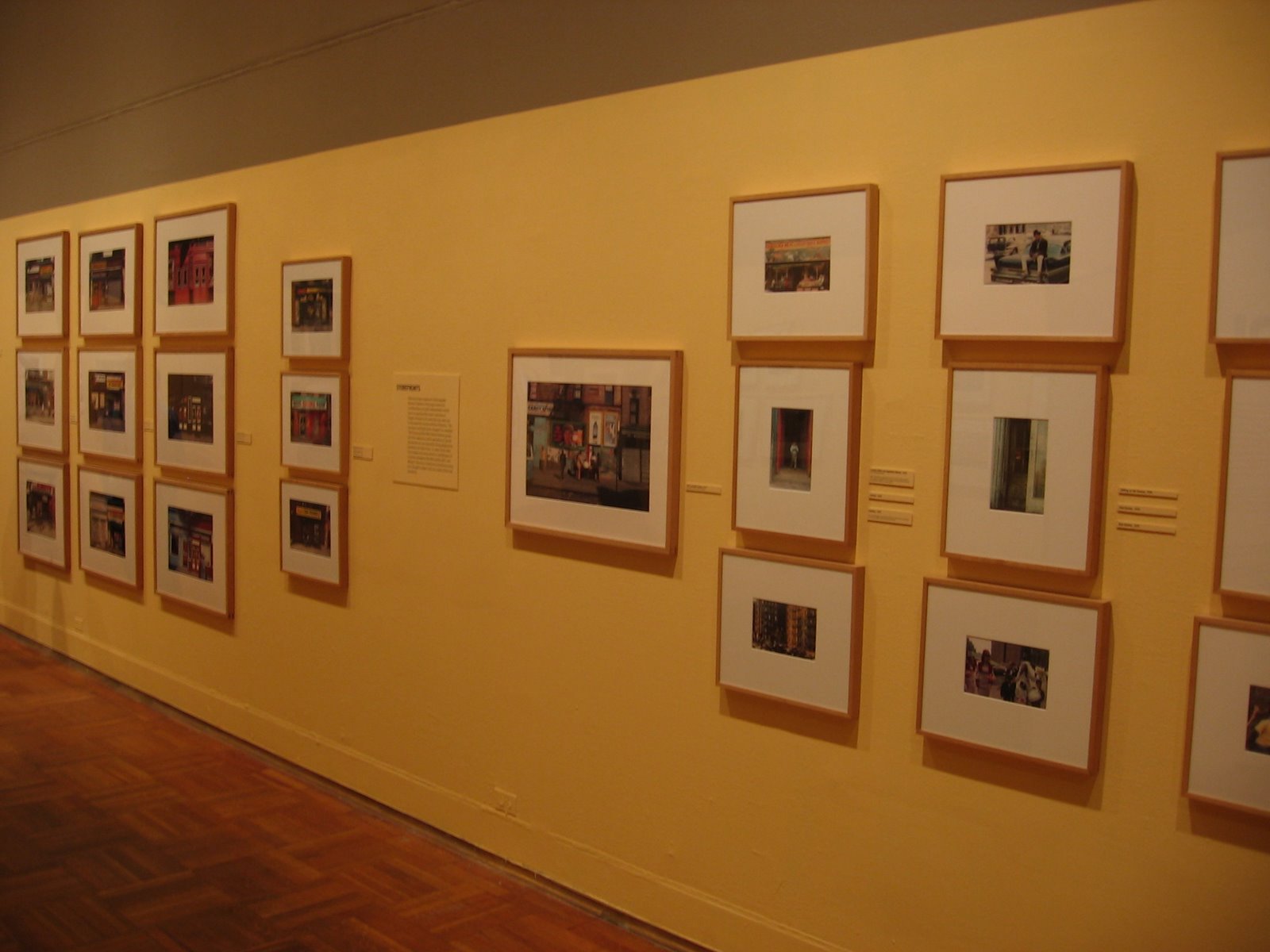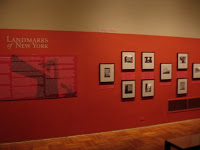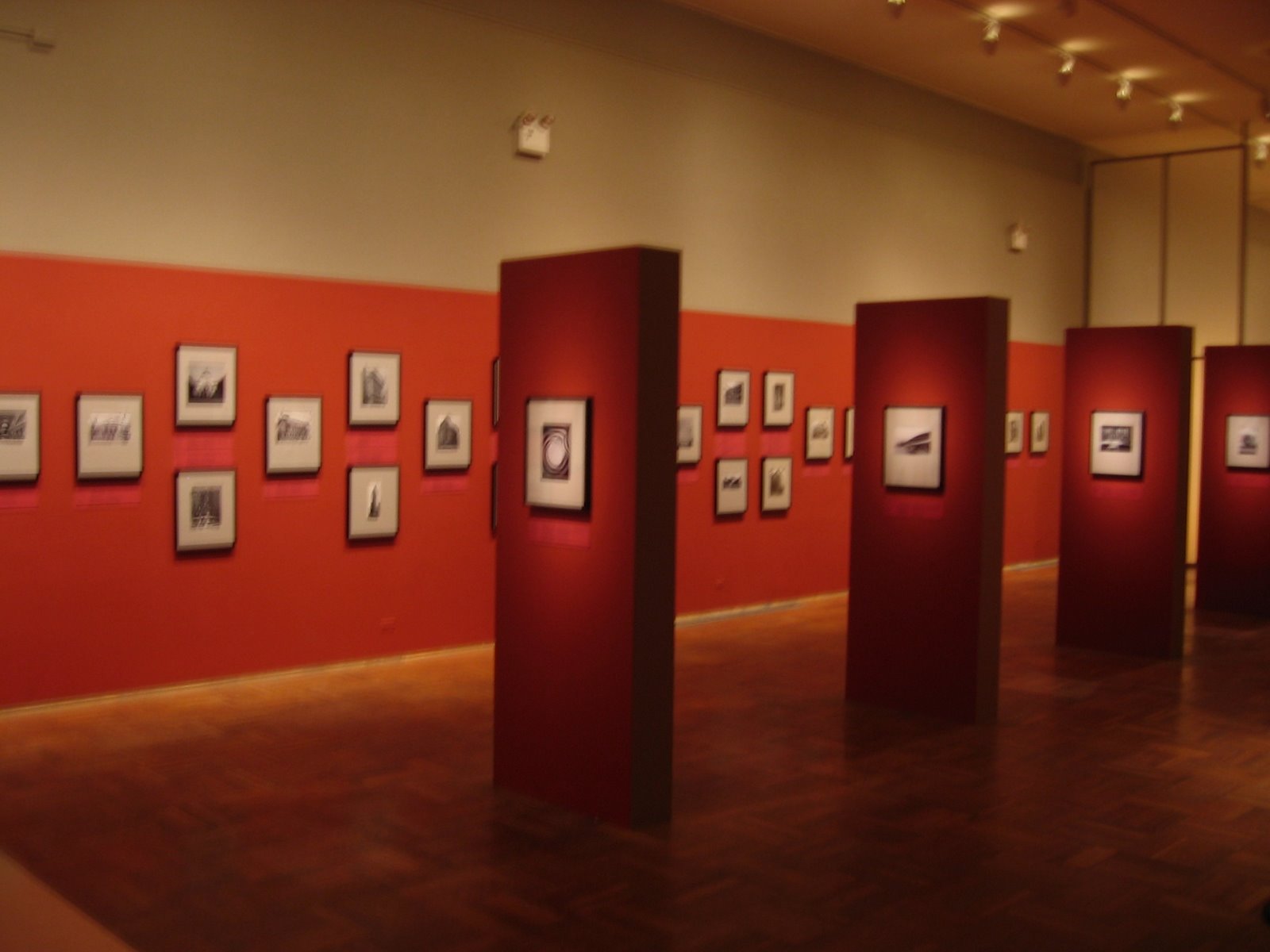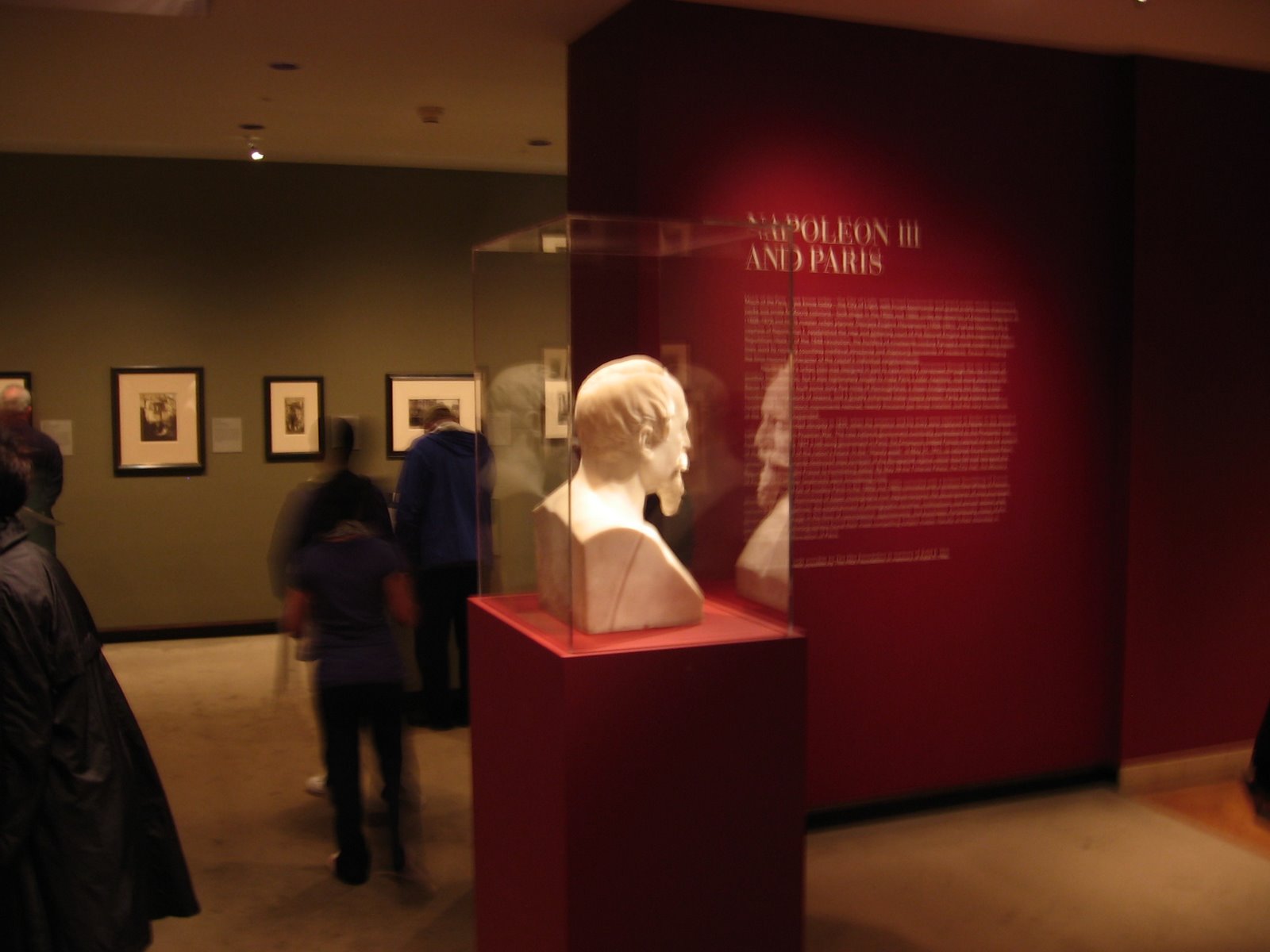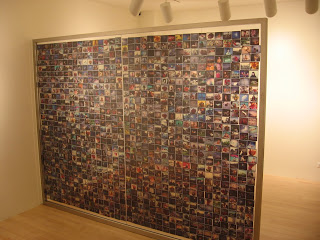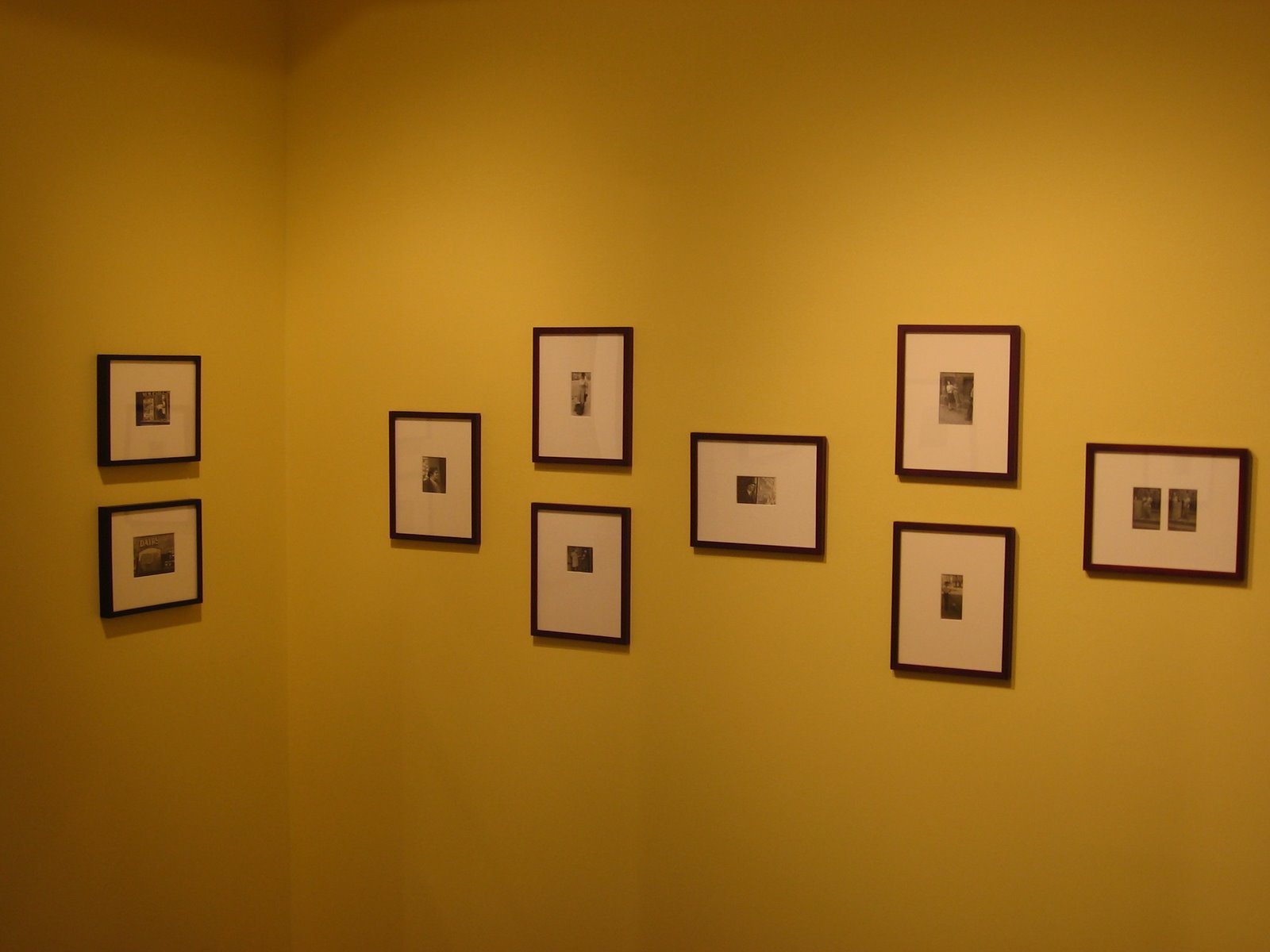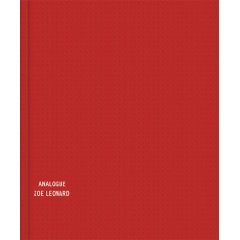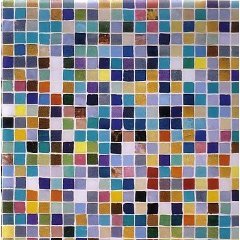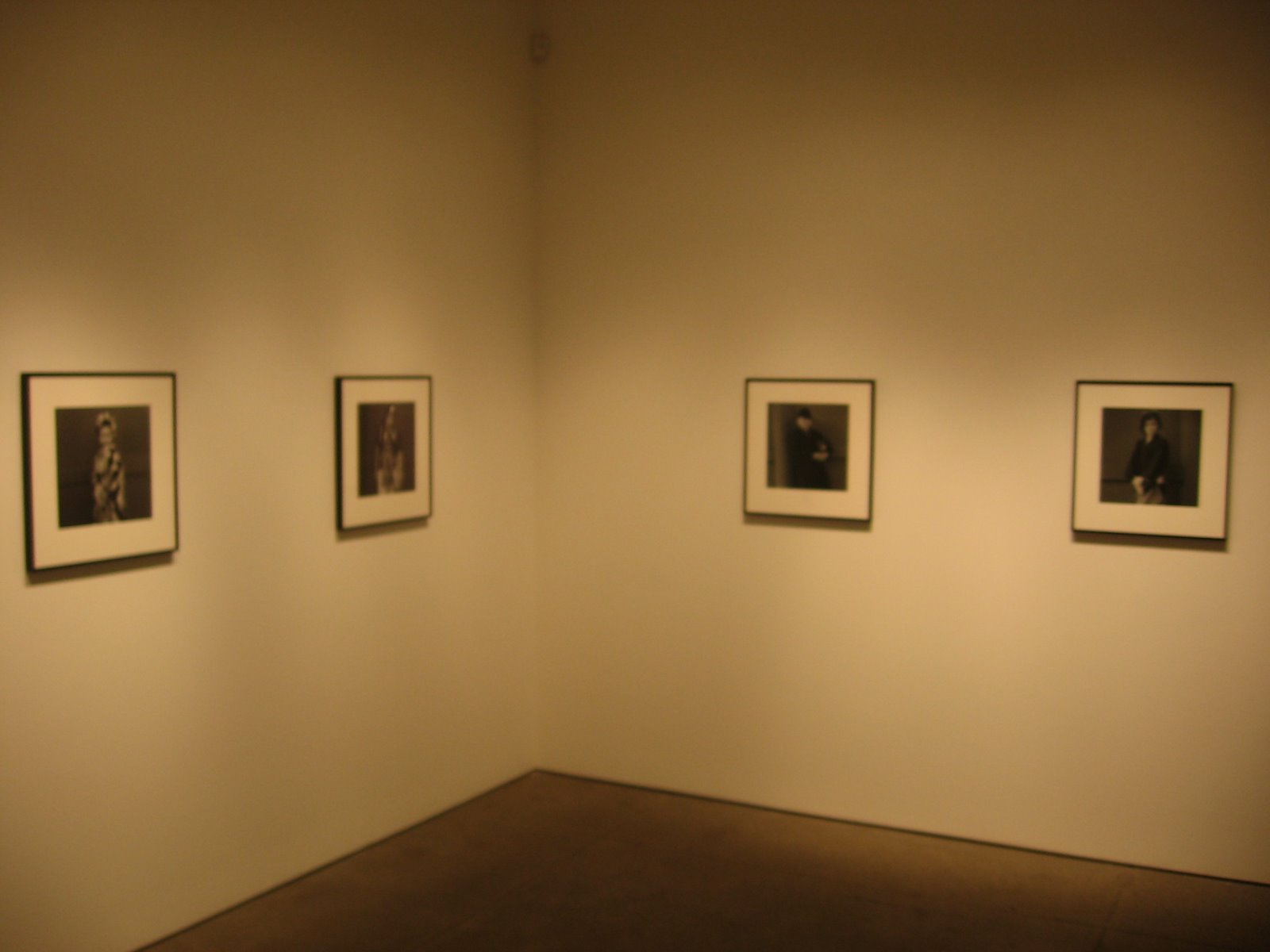The results of the recent photography sale at Villa Grisebach in Berlin were at the top end of what has become the standard outcome range for sales this season; in this case, the buy-in rate was in the low thirties and the total proceeds were just a hair under the pre sale total Low estimate, an overall result better than most this spring. The Mies van der Rohe lots were a mixed bag, with a few terrific results (the cover lot in particular) balanced by a few passes and sales below the the Low estimate. I think we can also say now that pretty much any image of French First Lady and former model Carla Bruni will sell over its estimate (lot 1369 as the most recent piece of evidence of this pattern).
The summary statistics are below (all results include the buyer’s premium):
Total Lots: 192
Pre Sale Low Total Estimate: 399400€
Pre Sale High Total Estimate: 543100€
Total Lots Sold: 129
Total Lots Bought In: 63
Buy In %: 32.81%
Total Sale Proceeds: 387942€
Here is the breakdown (using the Low, Mid, and High definitions from the preview post, here):
Low Total Lots: 173
Low Sold: 119
Low Bought In: 54
Buy In %: 31.21%
Total Low Estimate: 326100€
Total Low Sold: 223722€
Mid Total Lots: 19
Mid Sold: 10
Mid Bought In: 9
Buy In %: 47.37%
Total Mid Estimate: 217000€
Total Mid Sold: 164220€
High Total Lots: 0
High Sold: NA
High Bought In: NA
Buy In %: NA
Total High Estimate: 0€
Total High Sold: NA
79.84% of the lots that sold had proceeds in or above the estimate range. There were a total of eleven surprises in this sale (defined as having proceeds of at least double the high estimate):
Lot 1231, Alfred Eisenstaedt, Marilyn Monroe, 1953/1960s, at 24395€
Lot 1253, Nikolai Kossikoff, Ohne Titel (Seehafen Gent), 1930s, at 1785€
Lot 1268, Charlotte March, Gil Latour fur “Twen“, 1963, at 952€
Lot 1269, Herbert Matter, Alberto Giacometti, 1960, at 2499€
Lot 1270, Herbert Matter, Skulptur im Altelier von Alberto Giacometti, 1960, at 2737€
Lot 1303, Charlotte Rudolph, Die Tanzerin Gret Palucca, 1924, at 499€
Lot 1340, Curt Rehbein, Mies van der Rohe, Glaserner Wolkenkratzer, 1922, at 47005€
Lot 1341, Curt Rehbein, Mies van der Rohe, Glaserner Wolkenkratzer, 1922, at 4403€
Lot 1342, Curt Rehbein, Mies van der Rohe, Glaserner Wolkenkratzer, 1922, at 5950€
Lot 1369, Pamela Hanson, Carla Bruni in Bed, 1994, at 13090€
Lot 1376, Joel Meyerowitz, Porch Series, Provincetown, 1977/1986, at 5950€
Complete lot by lot results can be found here.
Villa Grisebach
Fasanenstrasse 25
D-10719 Berlin
 The London Contemporary Art sales kick into gear later this week, with Sotheby’s up first with Evening and Day sales. (Evening catalog cover at right.) Together, the sales have a total of 23 photography lots on offer, with a total high estimate of £1567000. Given the small number of lots, here is the complete list of photographers represented in the sales, with the number of works available in parentheses:
The London Contemporary Art sales kick into gear later this week, with Sotheby’s up first with Evening and Day sales. (Evening catalog cover at right.) Together, the sales have a total of 23 photography lots on offer, with a total high estimate of £1567000. Given the small number of lots, here is the complete list of photographers represented in the sales, with the number of works available in parentheses: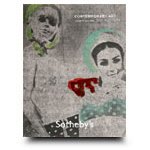 The complete lot by lot catalogs can be found here (Evening) and here (Day). (Day catalog cover at right.)
The complete lot by lot catalogs can be found here (Evening) and here (Day). (Day catalog cover at right.)
